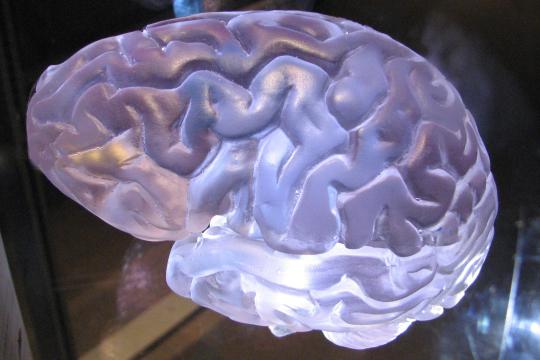Brain Waves and Meditation
Over the past few years, meditation has become increasingly popular. Is it simply because celebrities are endorsing their new ‘yogi lifestyles’ and its becoming the ‘in thing’ to do? No. There is a lot more behind this rise. With stress levels at an all time high, conventional approaches are simply masking the symptoms of toxic stress, rather than preventing it. As new scientific research continues to emerge, confirming that meditation is a ‘useful tool’ for preventing the problems associated with stress, we are realising that meditation is becoming a must. We cannot sustain mental and physical health and well-being in the environment that we have created for ourselves. It’s time to shake things up around here.
So, is meditation some ‘airy fairy, happy go lucky, hippy’ trend? No. Meditation not only alters our biochemistry and plays a huge role in the mind/body connection, but it also has the power to change our brain waves. So, what are the different types?
Firstly, there’s the gamma waves (40-100Hz). These are the fastest brain waves and are used for learning and processing information. However, too much gamma activity can lead to anxiety.
Then there are beta brain waves (12-40Hz). These are associated with our normal, everyday consciousness and when at an optimum level, we can think clearly, solve tasks and think logically.
Next there are the Alpha brain waves (8-12Hz). These are present when day dreaming and feeling relaxed. This is the frequency between our conscious and subconscious mind.
Next on the list is Theta. These brain waves are mostly present during sleep or deep mediation and include dreaming, vivid imagery and intuition.
Finally, there are delta waves, the slowest and lowest frequency (0-4Hz). These are experienced during very deep, dreamless sleep which is important for healing.

So, which meditations are doing what?
There are three main areas of meditation which are referred to in most scientific research: focused attention, open monitoring and self transcending.
Focused attention is bringing your attention to the environment around you, perhaps the temperature of the room, your breath and clearing your mind. You may have experienced this at the end of a yoga class. Research has shown during focused attention type meditation, the brain produces gamma/beta type waves.
Open monitoring is what is seen to be as the ‘mindfulness’ approach; the person disengages from interacting with thoughts and simply acknowledges their feelings, thoughts and emotions. This form of mediation is simply ‘observing’ to create calm and space, rather than getting caught up in a train of thoughts. During mindfulness type approaches, research has shown that the brain produces theta waves.
Finally, ‘self transcending’ is when we access a calm, tranquil state of mind that is present within all of us, always. Transcendental meditation is part of this category. This is when we experience deep reflection and transcendence. During this form of meditation the brain produces alpha waves.
As you can see, we have the power to put our bodies into a restful, healing state at any moment we choose. Anytime, anyplace. All we have to do is learn to tap into the power of meditation. In an interview with Bob Roth (CEO of the David Lynch Foundation for Consciousness-Based Education and World Peace), he was asked about which form of meditation is best. He stated that ‘I think that people should learn them all’ as each technique has different positive benefits to gain from.
Interestingly, learning to cultivate certain types of brain waves can even increase performance in activities such as sport and creativity. During sporting activities we start out in beta mode, but move into alpha and then eventually theta. Research into sports science has found that alpha brain waves come just before peak performance. Similarly, it has been found when we are being creative or feeling ‘in the zone,’ perhaps writing a song, doing a painting or any other artistic from it is thought that we are tapping into our theta brain waves and having a burst of what seems to be creative genius!
So, perhaps you want to improve your overall health and well-being? Prevent a build up of toxic stress before it all gets too much? Or maybe you want to unleash your inner creative spirit? I suggest you give mediation a go, and keep going until you find the one that suits you.
Link to Research:
1. CLICK HERE (brain waves) 2. CLICK HERE (sports/creativity)
By Jadine Hocking for ‘go meditate!’
If you would like to give meditation a go, why not come along to Falmouth TM & Meditation group. You can contact Kellie Gilmour at FalmouthTMmeditation@live.com
Or visit:
Facebook: Falmouth TM & Meditation Group